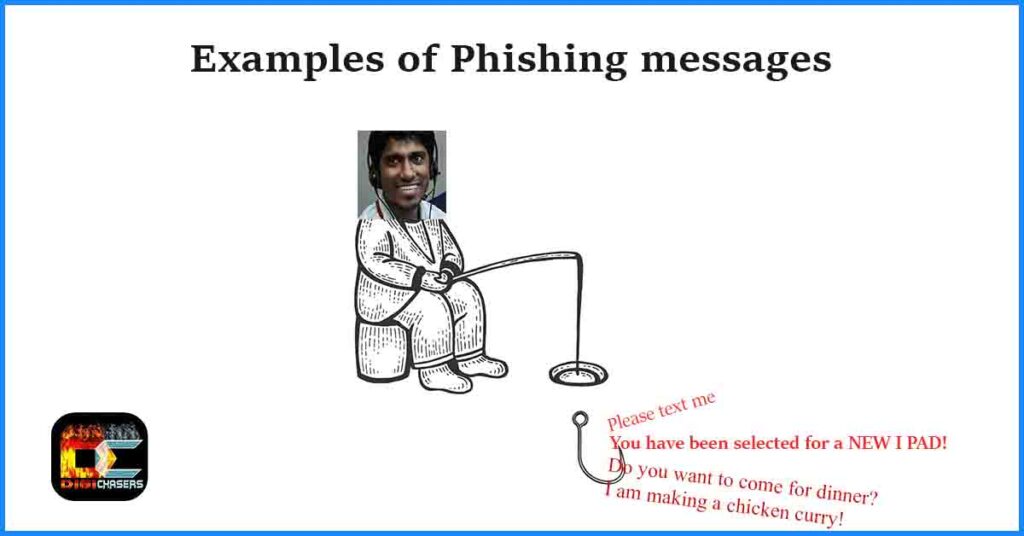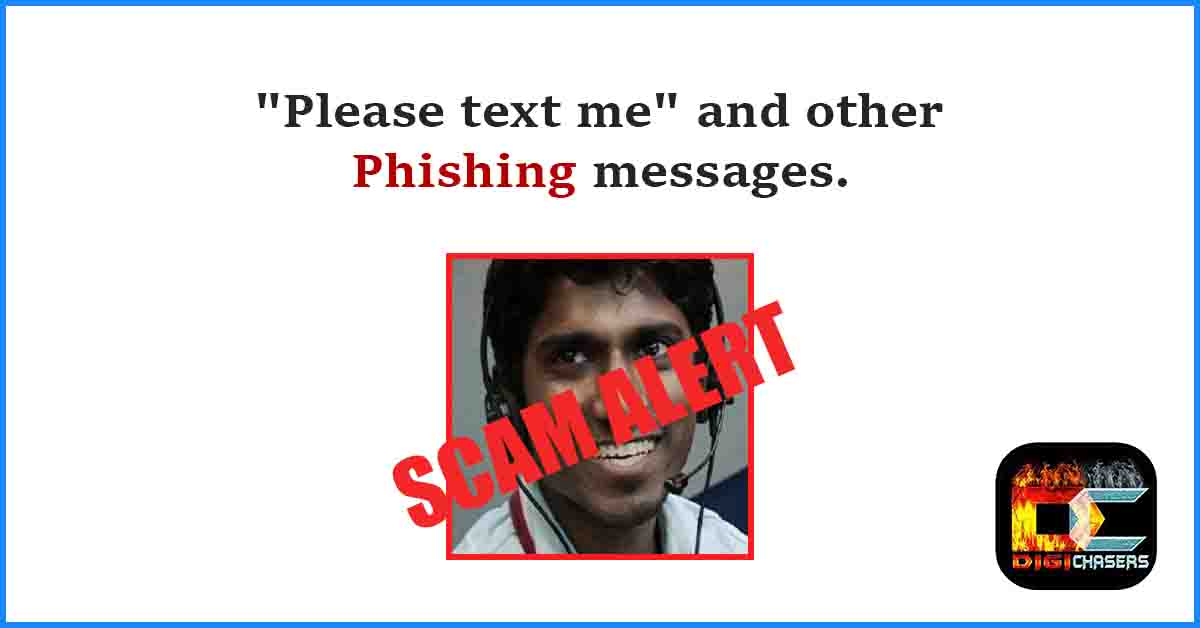Hello, today we will discuss phishing, what it is and what they try to achieve by sending strange messages to people.
Not long ago, I covered the topic of phishing, where I analyzed Facebook, Amazon, and other phishing methods. Today we will discuss more Phishing messages themselves.
The word “phishing” is derived from the word “password fishing.” Currently, it is mostly used by third world fraudsters who try to extract passwords or credit card data from a trustworthy person in various ways.
First of all, you need to understand that a message received from a scammer is not dangerous in and of itself, as long as you do not respond to phishing messages.
So what is phishing, and how does it work? I will also present the most common examples of phishing further on in the article.
What Phishing means?
Phishing is a type of social engineering where an attacker sends a fraudulent (e.g., spoofed, fake, or otherwise deceptive) message designed to trick a person into revealing sensitive information.
Phishing is still as popular as ever, no matter how much people know how to use the Internet, scammers still manage to trick some people. But this is not strange, because, in countries like India, there are even illegal scammer centers that try to deceive people in various ways.
Examples of Phishing messages

The messages below are analyzed as coming from an unknown person. If your loved one writes you a please text me message, then maybe it’s better to do that.
- Please text me – This is Smishing. It can be a text message sent from an automatic system, which collects data about whether the phone number is used. It can also be a request for a “help”, during which the “scammer” sending the messages can pretend to be your acquaintance or close relative and ask for help in transferring a certain amount of money.
- You have been selected for a NEW I PAD! First 500 mobile users that go to http://XXXXXX.XXX and enter 4464 will win. 198 left. – This is aggressive type of phishing, where they try to make you make irrational decisions by pointing out that you have won a valuable prize and there is not much time to collect it. Do not click on such a link, and if clicked, do not enter credit card data in any way.
- Do you want to come for dinner?I am making a chicken curry! A message that has spread widely on the Internet is called “Pig butchering”, which is nothing but a version of phishing, during which the scammer tries to make friends with the victim “fattening a hog before slaughter” and later gains the trust to extort money from the victim.
- Hi this is Richard, I’ll like to know if I got the right contact to a graphic designer. Kindly let me know. It is a Scam that targets designers. The names are usually different, and the designers are approached stating that their page is under construction and needs a logo or photo catalog. And these scammers use the technique of “sending money in order to get more money” when they create a sad story about how they are in the hospital and, in order to get the money back from the “consultant,” they need money from you.
- thanks for participating in our phishing exercise earlier this week! You were one of the 13% that didn’t fall for the phishing. Check out the leaderboards [here/ link]. This type of phishing is sent by email in order to deceive the recipient of the email, as if he is doing well with previous phishing attacks, and there is a leader board. Opening the link will attempt to steal data from you or attempt to install malware software.
- your payment has posted. And with that email, you get a fake invoice.
I will add additional examples to the list in the future. Also, if you want to submit an example that you encounter, you can write to me here.
My recommendations
Mobile Phones, the Internet and many digital devices have made it easier to communicate with each other, collect information and in other ways have made our lives easier.
Always use critical thinking, in the digital world, danger lurks around every corner and is becoming more and more diverse.
Do you remember the times when the Internet became popular? How many pop-ups were there announcing the winning iPhone or other devices? Below are my recommendations on how to avoid phishing in today’s digital world.
- Ask yourself, could such a message have come to you?
- Is there a link attached? If so, does it look reliable? Remember that http has long been unused due to its unreliability and unencrypted data transfer. Trustable websites use https.
- If the message seems outrageous, stating that action needs to be taken immediately, be sure not to rush, take a second opinion or ask the police.
- Do not click on suspicious or unclear links received in SMS, e-mails or found on web pages with suspicious content;
- If you get an email that sounds urgent, do not press any links, just go directly to the company website. Also, you can call the company, just use the contact mobile number from the official website, not from email.
Related articles:
Conclusion
My main advice would be to use critical thinking. Scammers are constantly looking for victims who respond to their bait messages. Recognize such messages and do not become victims of scammers.
If you have any questions or comments, you can leave them in the comment section.

